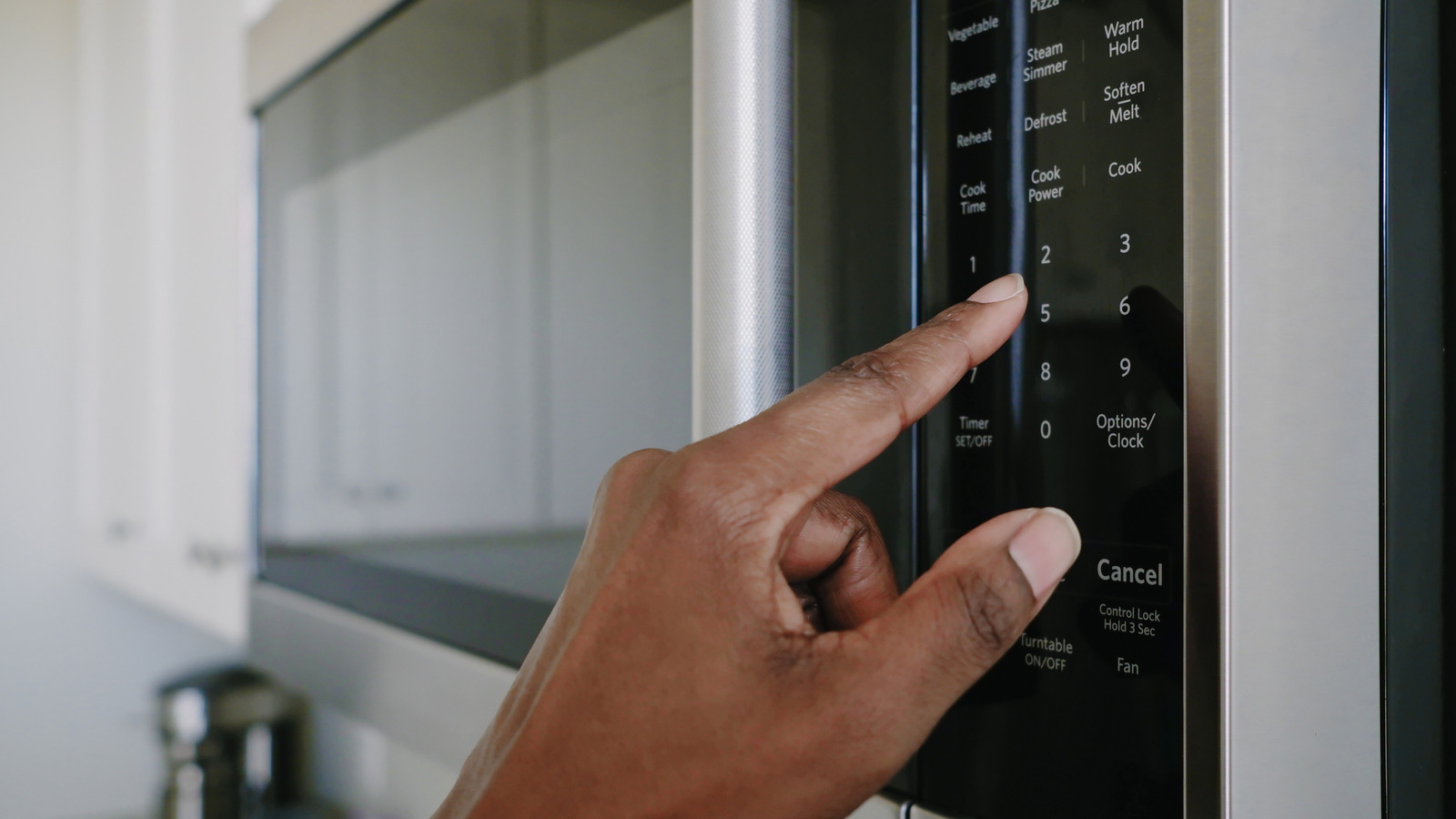
"We hate to be the bearer of bad news, but one of the most surprising facts you need to know about your microwave is that its presets don't promise accuracy at all. In fact, relying on those labeled buttons - like "potato," "veggie," or "frozen entrée" - to deliver completely cooked, tasty food is among the biggest mistakes we make when using our microwaves."
"Why? The appliance functions by generating microwaves that catalyze activity among the water molecules in whatever you're cooking, and that activity creates heat. The waves come from a magnetron, and presets oscillate the magnetron between zero and full power for whatever amount of time each brand has deemed appropriate for certain dishes. These times vary across brands, and every potato or frozen pizza varies as well, so presets are inconsistent and unreliable."
Microwave preset buttons often produce inconsistent results because presets oscillate the magnetron between zero and full power for preset durations that vary by brand. Microwaves heat by exciting water molecules, so differences in food composition, size, and packaging affect cooking outcomes. Relying on preset labels such as 'potato' or 'frozen entrée' can yield undercooked, overcooked, or perfectly cooked food. Entering cook times manually based on the food manufacturer's recommendations or a microwave's wattage gives more consistent results. For unpackaged items, use wattage-based time guides (pre-cooked vegetables typically take one to three minutes in an 800-watt microwave) and check and stir food partway through heating.
Read at Tasting Table
Unable to calculate read time
Collection
[
|
...
]